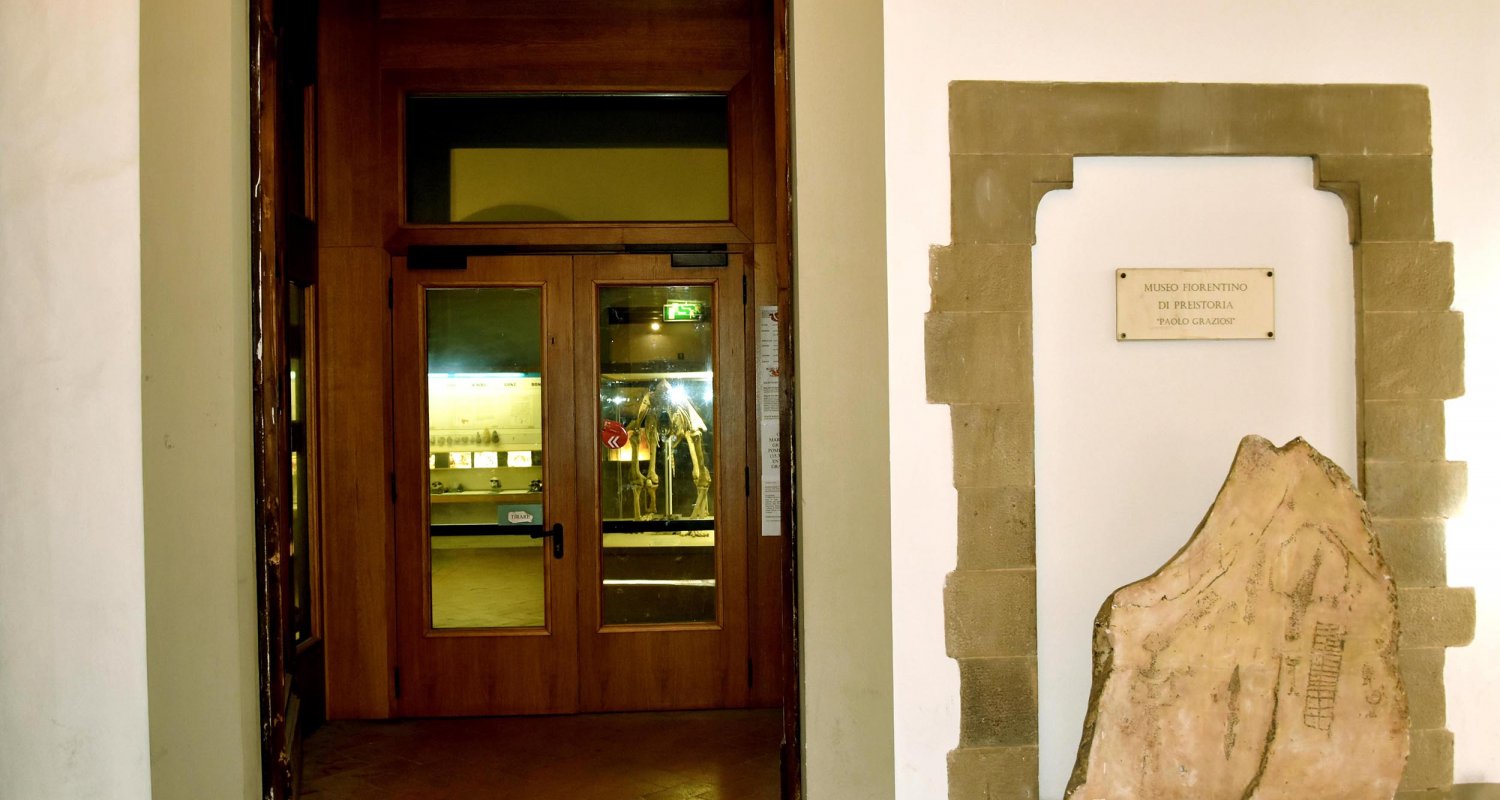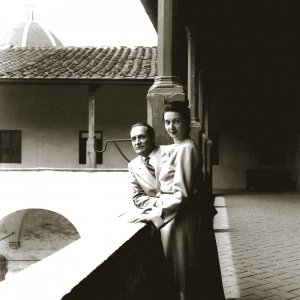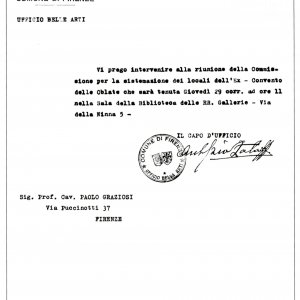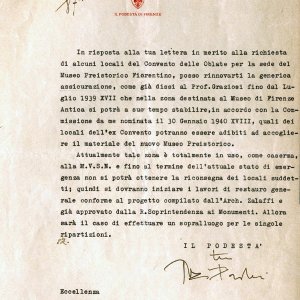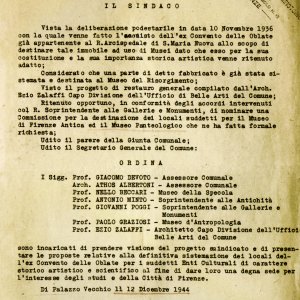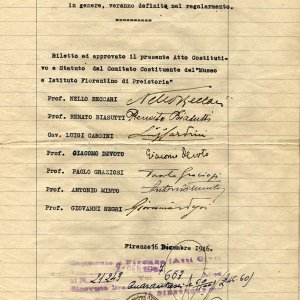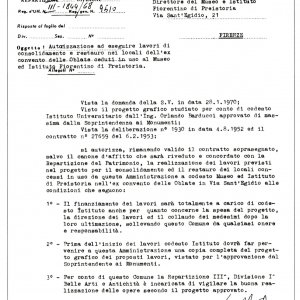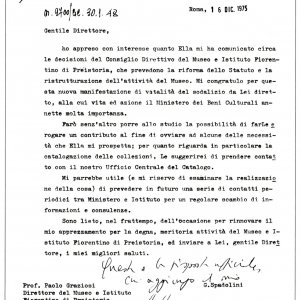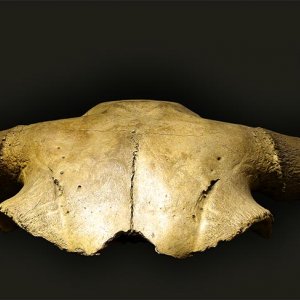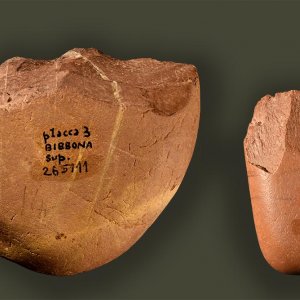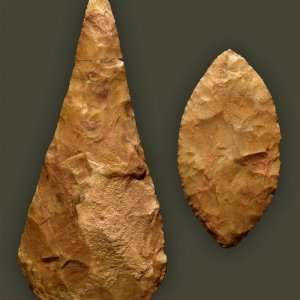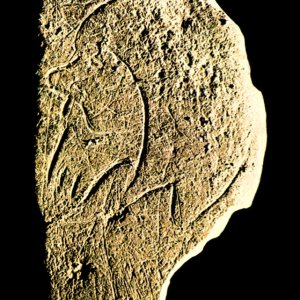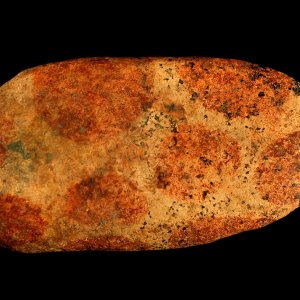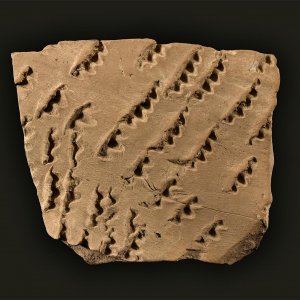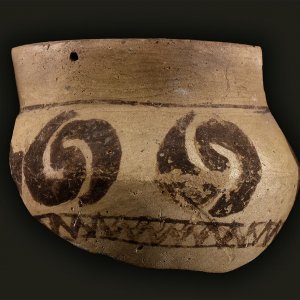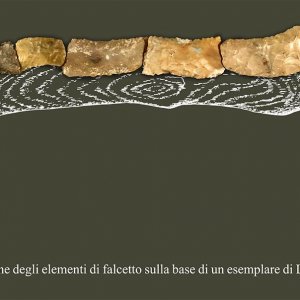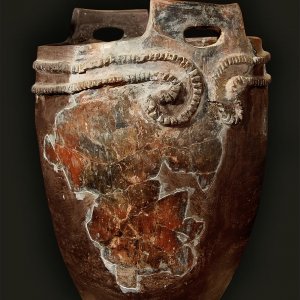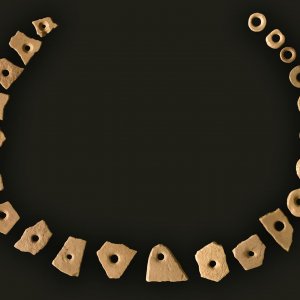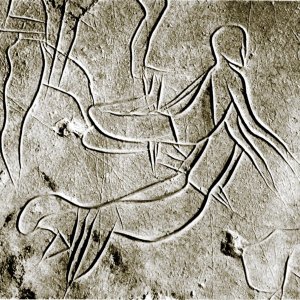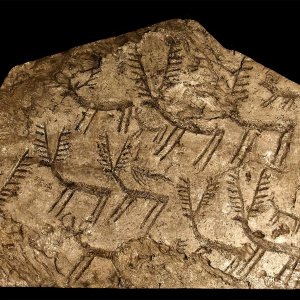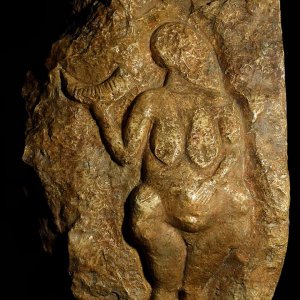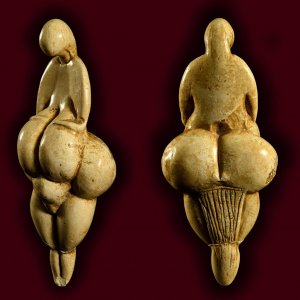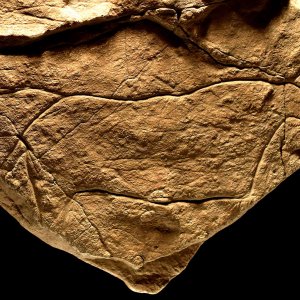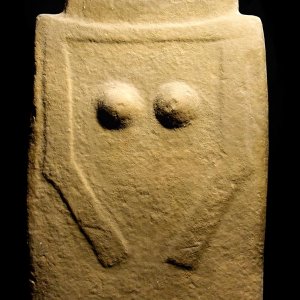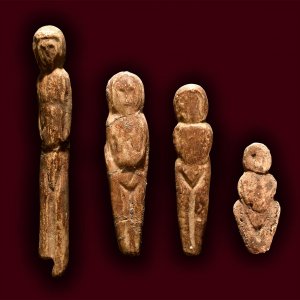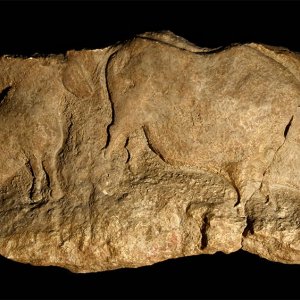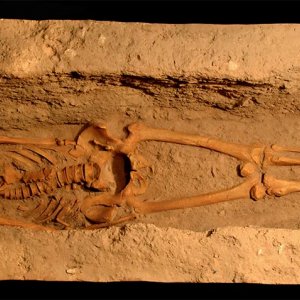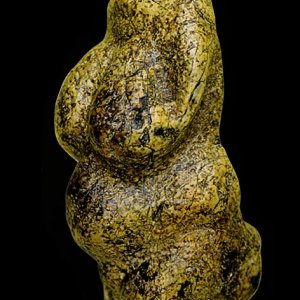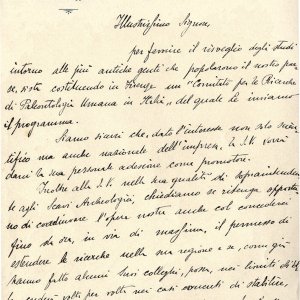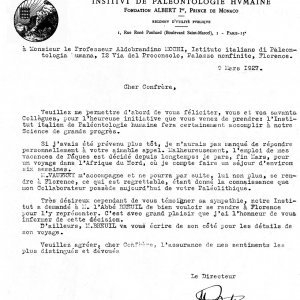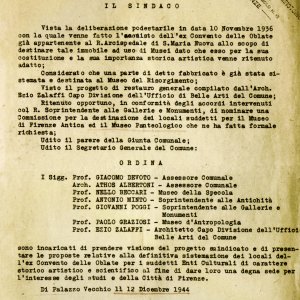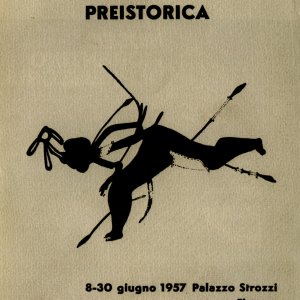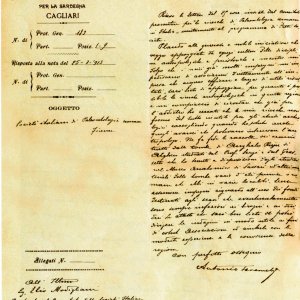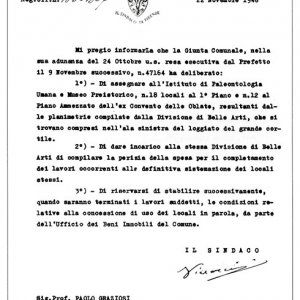The Museum
History
The Florentine Museum and Institute of Prehistory was founded in 1946 by the palethnologist Paolo Graziosi in order to preserve and enhance the prehistoric collections from various sources existing in Florence. It had, as it has to this day, the purpose of promoting new research in the field of prehistory, of undertaking studies, of the preservation of archaeological materials, and of promoting instructional and educational activities. In addition to being an exhibition facility, the Museum has over time increased its profile as a research institute in the field of prehistory. Today it is included among the Museums of excellence in the Region of Tuscany and boasts collaborations with prestigious museums and academic institutions both national and international.
Housed in the historic building of the Oblate convent, the museum preserves records on the oldest cultural expressions of the genus Homo, human and animal fossil remains, attributable to the entire arch of prehistory, from the Palaeolithic to the Metal Ages. The findings come from excavations and research conducted in Italy, Europe and Africa (see “Collections”).
Initially reserved only for specialists of the prehistoric, the Museum collections became accessible to the public in 1975. In 1998 the Museum underwent renovations which finalized the creation of new exhibition areas, currently redeveloped by means of a system of multimedia stations that make the itinerary easy to use, also in the case of visitors with disabilities.
In addition to the collections on display to the public, the Museum preserves large collections of palaeontological and palethnological materials in its depositories, ordered and classified, and made available to scholars.
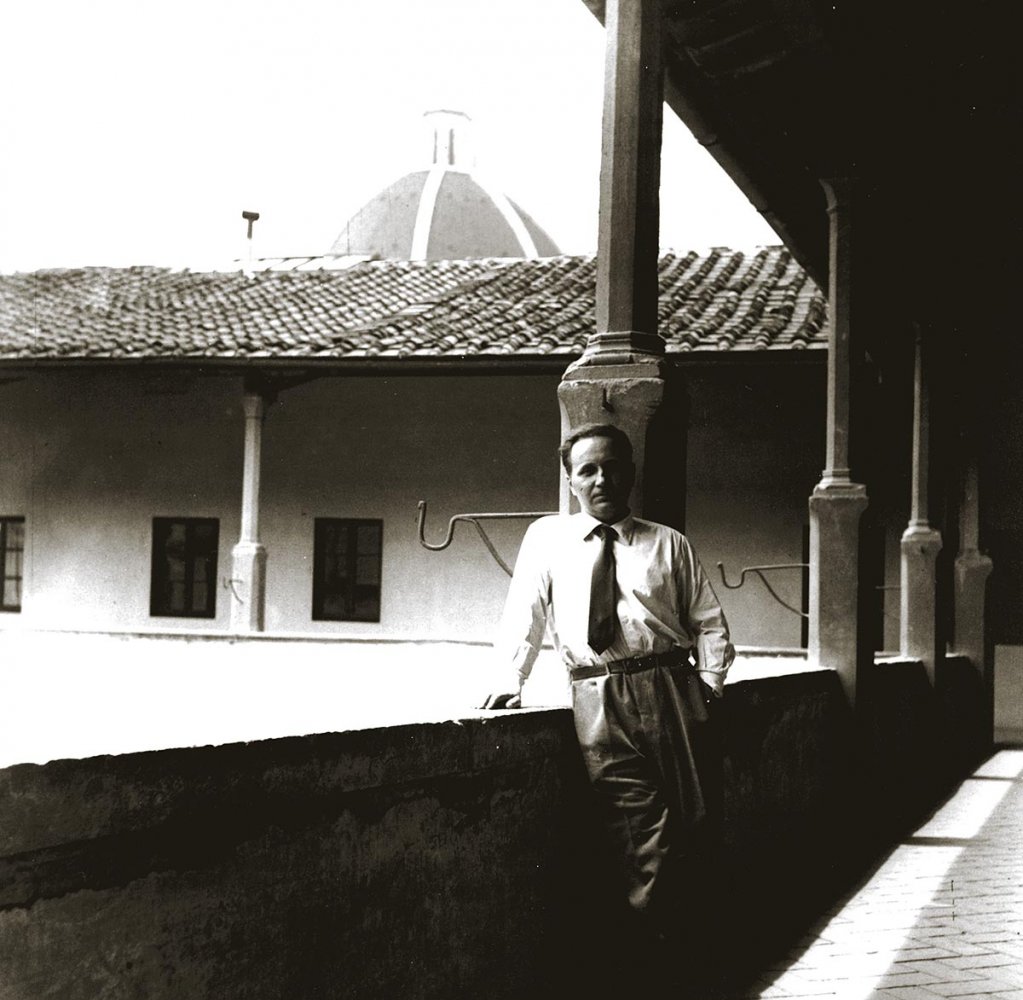
Collections
The Museum's collections include materials deriving from research in Italy and abroad, carried out by Paolo Graziosi as well as other scholars.
In part these materials (artefacts, artistic objects, documentation of the funeral rite, fauna, etc.) are on display, while the majority are conserved in the Museum's repositories. They illustrate the history of the genus Homo, which appeared in Africa about 2.5 million years ago, throughout the period of Prehistory, up to the use of writing.
In the exhibit itinerary the collections follow the chronological criterion of the chrono-cultural macrophases: Palaeolithic, Mesolithic, Neolithic, Copper Age, Bronze Age, and Iron Age. Some particular themes are highlighted in detail and particular attention is given to the artistic events, with original pieces and replicas.
Some important lots are part of historical collections related to early research on the Palaeolithic in France, on Neolithic pile dwellings in Switzerland, on certain Terramare cultures of the Bronze Age, and on the prehistory of Africa and Asia.
The collections are accessible to scholars of prehistoric archaeology and are also made available for university education.
Gypsoteca
The Museum possesses an important gallery of plaster casts relating to prehistoric works of art and funerary evidence. The realistic replicas are made available, on request, for temporary exhibitions and for events of social archaeology aimed at the accessibility of cultural heritage.
Paolo Graziosi Archive
The “Paolo Graziosi” Archive is an important asset, property of the Museum, which includes a large quantity of documents (correspondence, excavation journals, photographs, negatives, press proofs, study notes, etc.) related to Graziosi's research in Italy, Europe, Asia and Africa, beginning in 1928.
Those related to prehistoric art are of particular interest.
The archive is accessible to scholars, by reservation.
